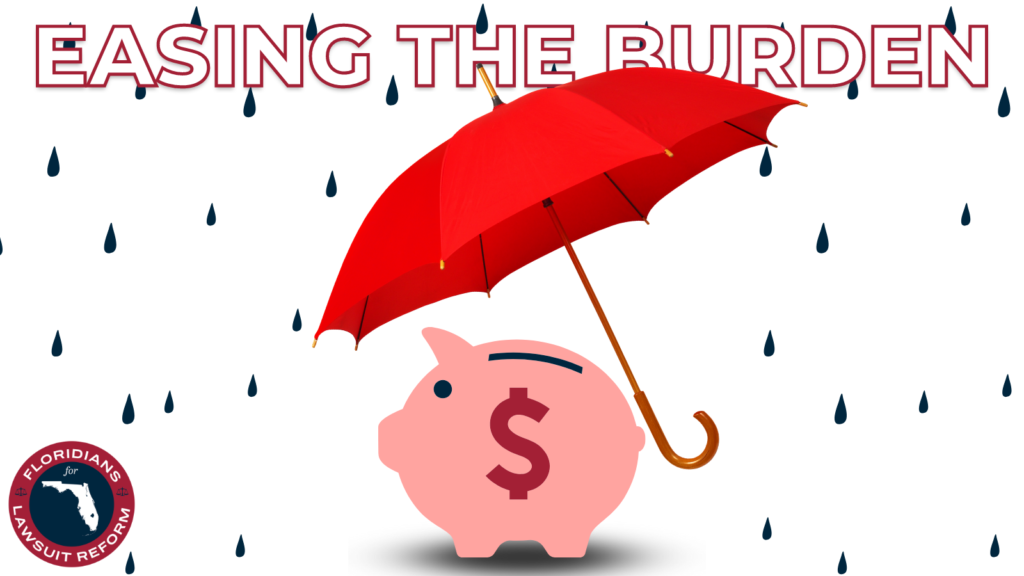
Dec. 29, 2022, 5:00 AM
A recently passed Florida law to establish a $1 billion state-backed fund for property insurers highlights the nation’s sprawling insurance insolvency crisis as more regional carriers run out of reserves due to massive natural disaster-related claims.
The problem is particularly acute in Florida, where 15 property insurers have gone insolvent since 2020. But the issue is not unique to the Sunshine State. More than eight insurance companies in Louisiana went broke in the past year, according to the state Department of Insurance records. The last 17 months have seen more insurer insolvencies than in any other 17-month period across the country, according to rating agency AM Best. Insurance insolvencies are akin to corporate bankruptcies, but the procedures are simpler and play out in state court.
Insolvency can devastate an insurer’s holding company, sometimes dragging the parent to bankruptcy. Three months after its Florida insurance unit collapsed—and four days before the bill signing—FedNat Holding Co., citing severe weather events, filed for Chapter 11. In March 2020, Florida-based Windhaven Insurance Services went bankrupt two months after its insurer unit became insolvent.
Insurance insolvencies are also saddling homeowners with double-digit rate jumps and fewer insurance choices to secure mortgages. The problem is worse in parts of Florida, Louisiana, and California hit hard by climate change, where some residents can’t find any insurance after carriers abandoned markets, according to insurance analysts.
Why are there so many insurance insolvencies in Florida?
Large carriers have attempted to limit exposure by dropping policyholders in fire-prone regions of California, Washington, Montana, and Colorado since 2019.American International Group, Inc. and Chubb Corp. said earlier this year they are cutting home policies in California due to wildfires to manage earnings volatility.
The story is messier in Florida, which has the highest number of insurance insolvencies in the country due to several factors cited by industry analysts: frequent hurricanes, lack of reinsurance support, bad risk management, excessive litigation, and fake claims.
The law, which takes effect Jan. 1, is also aimed at curbing insurance fraud, litigation costs, and attorneys’ fees that have contributed to a troubled homeowners insurance market already contending with frequent hurricanes.
Fewer insurers have been willing to offer coverage in Florida since Hurricane Andrew hit in 1992, which caused over a dozen insurers to go out of business. Hurricanes Irma in 2017 and Michael in 2018 also caused about $30 billion in claims, according to Florida’s Office of Insurance Regulation.
Insurers in Florida are struggling to find enough reinsurance, which protects them against massive claims. Axis Capital Holdings Ltd. is exiting the state, while AXA XL, AIG, and Swiss Re have already cut business there, according to Fitch Ratings.
But the biggest bite, insurers say, comes from Florida’s policyholder bar.
Florida is home to about 9% of US homeowners’ insurance claims but is responsible for over 79% of the nation’s homeowners insurance lawsuits, according to the state insurance regulator. Insurers paid $3 billion defending property coverage litigation in 2021 alone, not including jury awards and settlements. And 71% of the $51 billion claim fees Florida insurers paid over the last decade went to attorneys and insurance claim adjusters, according to the regulator.
Insurers have also blamed their losses on fraud. Florida allows property owners to give their insurance claim rights to third parties, like contractors, who then allegedly submit enormous fake claims, a problem that’s also been cited by state officials.
The Florida bill, known as Senate Bill 2A, will forbid homeowners from assigning their insurance rights to others. It also bars insurers from paying policyholder attorneys when policyholders win in home-insurance litigation, contrary to current practice that critics say has helped drive litigation.
When Florida home insurers go broke, their affiliates and customers in other states suffer, too. FedNat has said it’s pulling its property insurance out of Louisiana, Texas, Mississippi, Alabama, and South Carolina due to increasing windstorms.
Louisiana also has seen a high number of insurance insolvencies. Four major hurricanes hit the Pelican State in 2020 and 2021, squeezing small insurers to their financial limit and pushing the state’s property insurance market into a crisis, according to the state Insurance Department.
What problems remain?
Some critics say curbing policyholder attorneys’ fees and setting up state insurance funds will not necessarily reduce insurer insolvency or make more coverage available to homeowners.
Contractors and policyholders’ lawyers argue insurers wrongly blame their poor revenues on insurance fraud. They warn that Florida’s bill will reduce consumers’ legal options against insurance companies, and that carriers are downplaying the significance of climate change and high reinsurance rates.
Some say insurance insolvencies are also caused by their bad risk management. In Florida, for instance, carriers are keeping less cash on hand for claims each year, even while meeting required minimums, according to the state regulator.
Additionally, some insurers opted to pay more to investors and affiliated companies in years without storms, draining their reserves and leaving themselves too thin when hurricanes hit, insurance analysts say.
How does insurance insolvency work?
Insurer insolvencies are governed by state law rather than federal bankruptcy law. In most states, when an insurer is placed into receivership, the state’s insurance commissioner is appointed as its receiver.
The National Association of Insurance Commissioners considers an insurer insolvent if a state insurance regulator has taken legal action to put the insurer into liquidation, rehabilitation, or conservatorship.
Receivership proceedings are usually filed in state courts where the insurer is headquartered, but in some circumstances the proceeding can take place in states where the carrier does business.
